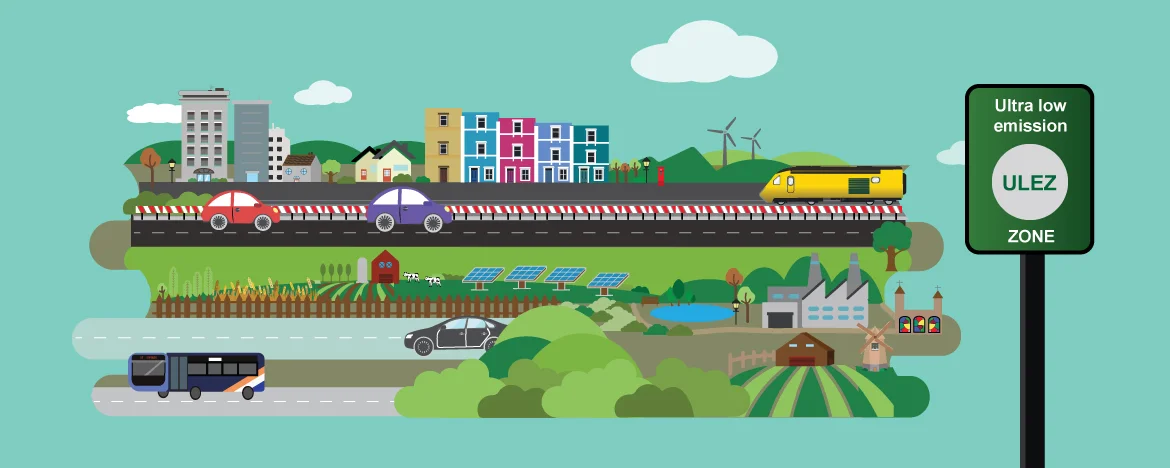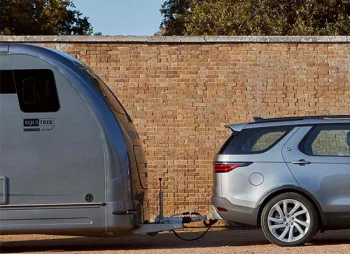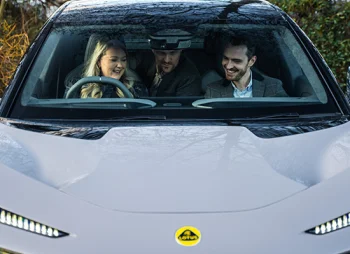Government plan to improve air quality through Low Emission Zones
Low Emission Zones or Clean Air Zones were first introduced back in 2008 and have continuously developed over the years.
They are one of the many initiatives introduced by the Government to lower pollution levels, improve air quality and make driving an all-round greener experience that won't damage public health.
What is a low emission zone?
A Low Emission Zone is a designated area within a city or town that has been targeted to improve pollution and air quality.
There are two types of Clean Air Zones, charging and non-charging. While you may not be charged for entering some Clean Air Zones, there might be extra traffic flow systems in place to improve air quality in the area.
All vehicles are permitted to enter a Low Emission Zone, but crucially, some will be charged for the luxury depending on their emission rate. They are in operation 24 hours a day, 365 days of the year.
Vehicles will be met with a daily charge, depending on the standard of their car and failure to pay these charges can result in hefty penalty fees. The charges – which can rise to £2000 - take into consideration the vehicle type, fuel type and the zone in which you’re travelling.
The charges and specific requirements for your vehicle can change depending on the city that you’re travelling within, so it would be a good idea to check with the local council of your desired destination before you set off on your journeys.






